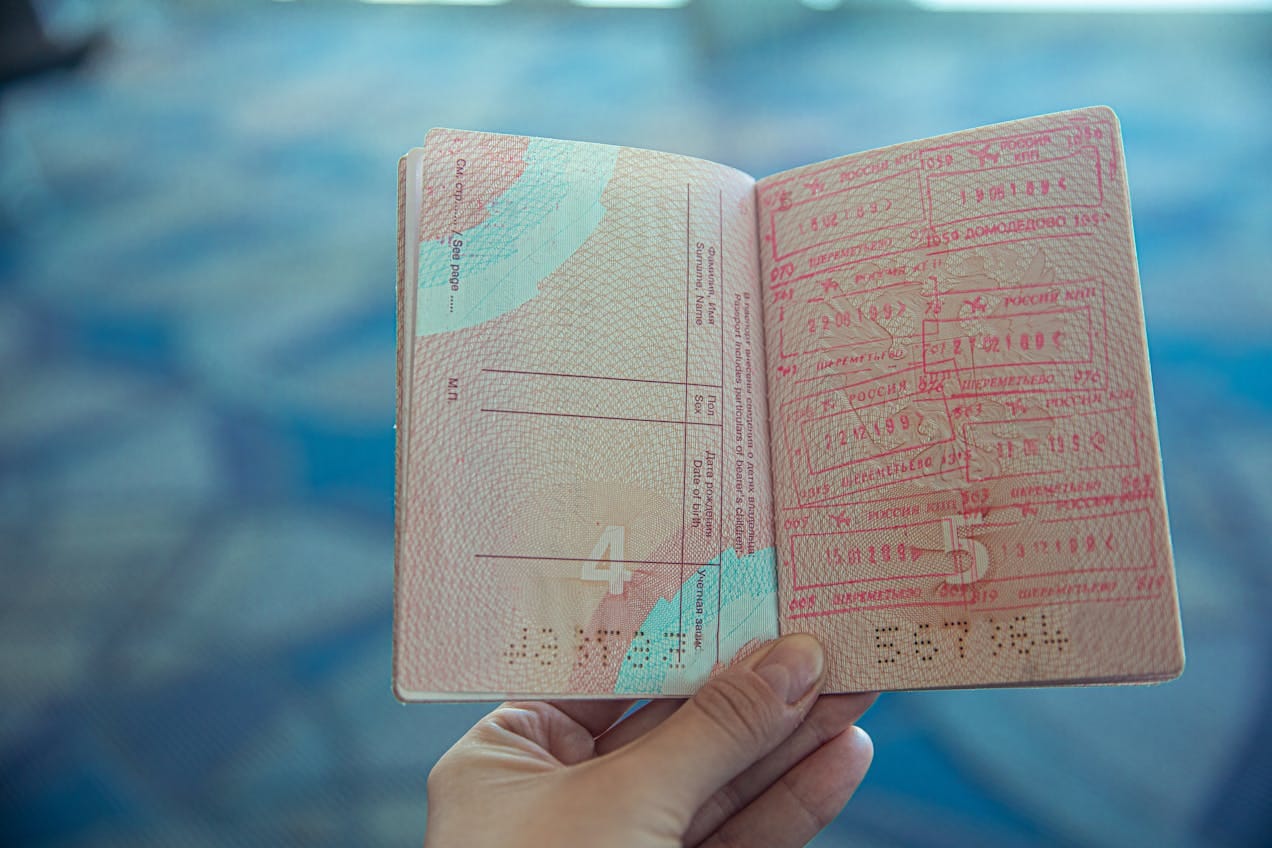
The H-1B Tax Trap Most CPAs Miss
Most H-1B visa holders in the U.S. are unaware that their worldwide income becomes taxable the moment they meet the IRS’s Substantial Presence Test (SPT). Many CPAs and tax preparers especially those unfamiliar with cross-border tax fail to report Indian assets, foreign accounts, or passive income like Indian salary, FDs, or mutual funds.
At Kewal Krishan & Co, we routinely help Indian professionals avoid IRS penalties, FBAR violations, and FATCA non-compliance. Our tax strategies save clients $10,000 $50,000+ per year, especially when they move funds between India and the U.S.
This blog covers everything Indian H-1B visa holders must know while filing their 2025 U.S. taxes.
IRS Residency: When Do You Become a Tax Resident?
Under IRC §7701(b), if you are on H-1B and stay in the U.S. for:
- 183 days or more in 2025, or
- Meet the Substantial Presence Test (SPT formula below),
…you’re treated as a U.S. tax resident, and must report global income.
SPT Formula:
Days in 2025 × 1
+ Days in 2024 × 1/3
+ Days in 2023 × 1/6
= If total ≥ 183 → U.S. Tax Resident
What Indian Income Must Be Reported?
Once you’re a U.S. tax resident, these become taxable in the U.S.:
- Salary paid by Indian employers (even if not remitted)
- Interest from Indian bank accounts, FDs, RDs
- Mutual fund gains (equity or debt)
- Rental income from Indian property
- Capital gains on Indian shares or real estate
- Dividends and bonus shares
Even if taxes (TDS) were already paid in India, you must report this in your U.S. return.
Key IRS Forms for H-1B Taxpayers
| Form | Purpose |
|---|---|
| Form 1040 | U.S. individual tax return |
| Schedule B | Report foreign bank interest |
| Schedule D | Report capital gains from Indian shares |
| Form 1116 | Claim foreign tax credit for TDS paid in India |
| Form 8938 | Disclose foreign financial assets (>$50K single / $100K MFJ) |
| FBAR (FinCEN 114) | Must file if combined foreign account balances exceed $10,000 |
| Form 8621 | Required for PFIC investments like Indian mutual funds |
| Form 2555 | (Optional) Foreign Earned Income Exclusion for salary earned before entering U.S. |
Example: First-Year Indian H-1B Taxpayer
Scenario: Priya moved to the U.S. on H-1B in May 2024.
- Met SPT in 2024, became U.S. tax resident in 2024.
- In 2025, she:
- Earned $130,000 in U.S.
- Had $3,000 interest from Indian FDs
- Paid ₹50,000 TDS (~$600)
- Had $5,000 Indian mutual fund capital gains
What She Must Do:
- Report all U.S. and Indian income on Form 1040
- File Form 1116 to claim TDS credit
- Disclose Indian bank/mutual fund accounts via FBAR and Form 8938
- File Form 8621 for her mutual fund holdings
Step-by-Step Filing Guide for 2025
- Determine Residency: Use SPT to confirm if you’re a U.S. tax resident.
- Gather Documents:
- Indian Form 16, 26AS, AIS report
- U.S. W-2, 1099s, etc.
- Convert Currency: Use IRS yearly average exchange rate (for INR to USD).
- File U.S. Return with Global Income:
- Include Indian salary, interest, mutual fund gains
- Report U.S. salary, bonuses, RSUs
- Disclose Foreign Assets:
- FBAR (due April 15, with automatic extension)
- Form 8938 if thresholds are met
- Claim Foreign Tax Credits (Form 1116):
- Avoid double taxation for Indian TDS
- File Form 8621:
- For every Indian mutual fundfailure can trigger $10,000+ penalty
- Retain all proof:
- Tax withholding certificates (Form 16A), PAN/Aadhaar info, bank statements
Conclusion
Filing taxes in the U.S. as an H-1B visa holder with Indian income is not optional, and mishandling it can lead to penalties, interest, and audit risk. Most generalist tax preparers won’t understand FBAR, Form 8938, or PFIC filings.
At Kewal Krishan & Co, we assist H-1B professionals with complete cross-border compliance, FATCA reporting, foreign tax credits, and legal tax optimization.
Call to Action
If you’re on an H-1B visa and have any income or financial accounts in India, consult with Anshul Goyal, CPA EA FCA for tailored, accurate tax guidance.
Anshul Goyal is a licensed Certified Public Accountant in the U.S., admitted to practice before the IRS as an Enrolled Agent, and a cross-border tax expert for Indian nationals working in America.
About Our CPA
Anshul Goyal specializes in U.S.-India tax matters, FBAR/FATCA compliance, and cross-border planning. His work covers H-1B visa holders, green card applicants, and NRIs filing dual-country tax returns.
Disclaimer
This blog is for informational purposes only. Every tax situation is unique, and compliance obligations may vary depending on visa status, residency, and source of income. Always consult a licensed tax professional before filing.
Top 5 High-Searched FAQs
1. I moved to the U.S. in 2025 on H-1Bdo I need to report my Indian income?
Yes, if you meet the Substantial Presence Test, your Indian income becomes taxable in the U.S.
2. What if I already paid TDS in India?
You can claim a credit using Form 1116 to avoid double taxation.
3. Do I need to report my NRE/NRO accounts?
Yes. If total foreign balances exceed $10,000, you must file FBAR and possibly Form 8938.
4. What if I miss filing Form 8938 or FBAR?
Penalties can go up to $10,000 per missed form per year. Late disclosures may be required.
5. Are Indian mutual funds reportable?
Yes, they are considered PFICs and must be reported using Form 8621.
